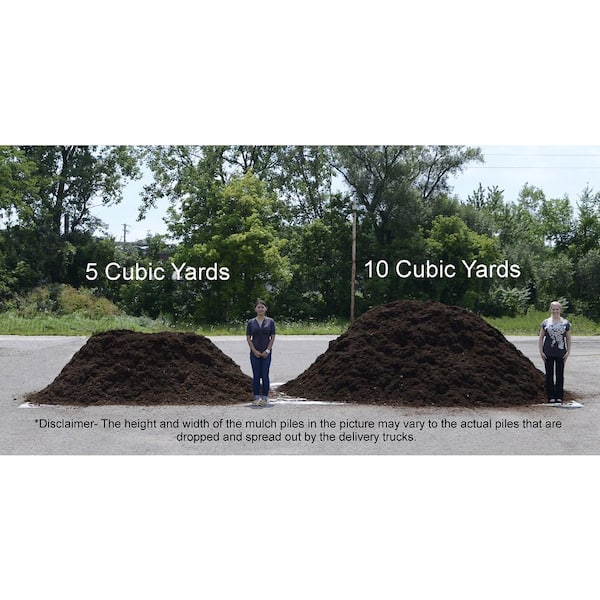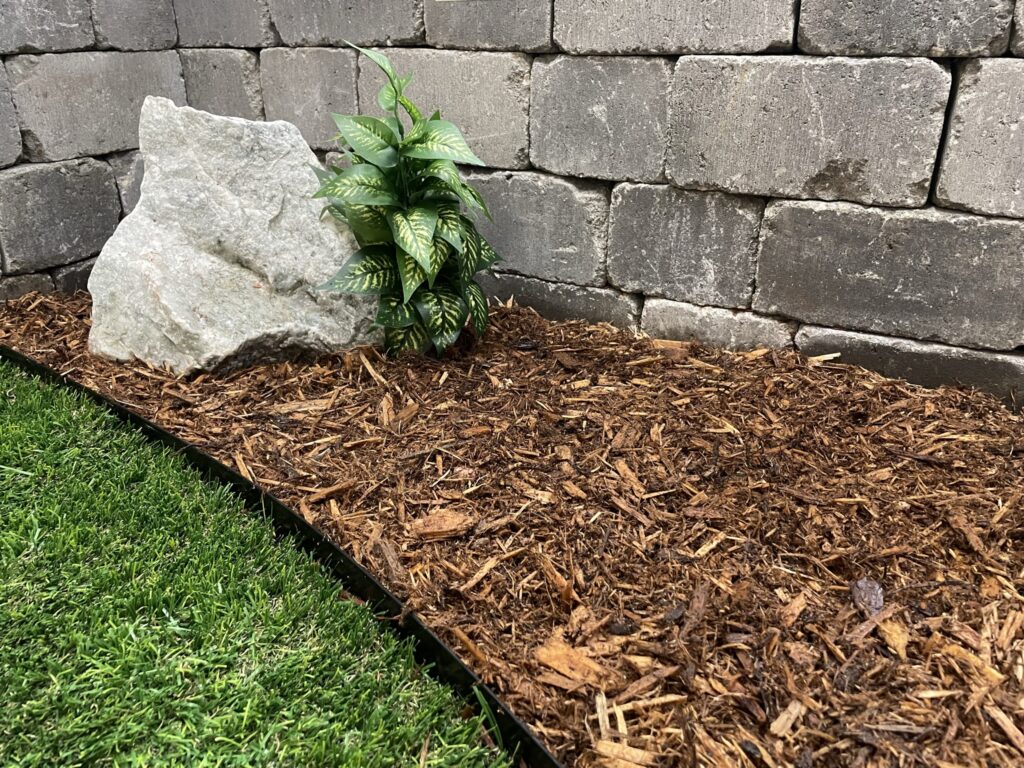Yards Of Mulch: Everything You Need To Know
Yards of Mulch: Everything You Need to Know
Mulch is a layer of organic or inorganic material that is spread on top of the soil around plants. It has many benefits for plants, including:
- Retaining moisture: Mulch helps to keep the soil moist by preventing evaporation. This is especially important during hot, dry weather.
- Suppressing weeds: Mulch creates a barrier that makes it difficult for weeds to germinate. This can save you time and effort weeding.
- Improving drainage: Mulch helps to improve drainage by breaking up compacted soil and creating air pockets. This can help to prevent root rot and other plant diseases.
- Aerating the soil: Mulch helps to aerate the soil by breaking down over time. This allows oxygen and water to reach the roots of your plants.
- Attracting beneficial insects: Mulch can attract beneficial insects, such as ladybugs and spiders, which help to control pests.
- Keeping the soil temperature stable: Mulch helps to keep the soil temperature stable, which can benefit plants that are sensitive to cold or hot weather.
There are many different types of mulch available, including:
- Organic mulches: Organic mulches are made from plant materials, such as bark, wood chips, leaves, and straw. They are generally considered to be the best type of mulch for plants, as they break down over time and add nutrients to the soil.
- Inorganic mulches: Inorganic mulches are made from materials such as gravel, pebbles, and rocks. They are not as beneficial to plants as organic mulches, but they can be used in areas where organic mulches are not practical, such as around patios or walkways.
The amount of mulch you need will depend on the size of the area you are mulching and the desired depth of the mulch. As a general rule of thumb, you will need one cubic yard of mulch to cover an area of 100 square feet to a depth of 3 inches.
To calculate the amount of mulch you need, you can use the following formula:
Area (square feet) * Depth (inches) / 3 = Cubic yards of mulch needed
For example, if you are mulching an area that is 100 square feet and you want the mulch to be 4 inches deep, you would need 13.3 cubic yards of mulch.
Once you have calculated the amount of mulch you need, you can purchase it from a garden center or home improvement store. Mulch is typically sold in bags or by the cubic yard.
To apply mulch, you will need a shovel or wheelbarrow. Start by removing any weeds or debris from the area you are mulching. Then, spread the mulch evenly over the area, making sure to leave a 6-inch gap around the base of plants. The depth of the mulch should be 3-4 inches.
Mulch should be applied once a year, or more often if it breaks down or washes away.
By following these tips, you can use mulch to improve the health and appearance of your plants and your yard.
Are you looking for 2 yards of mulch? If so, I recommend visiting Garden Wiki. They have a wide variety of mulches to choose from, including pine bark, cypress mulch, and hardwood mulch. Their prices are very reasonable, and they offer free delivery in most areas.
In addition to their wide selection of mulches, Garden Wiki also offers helpful information on their website about how to choose the right mulch for your needs. They have a blog with articles on topics such as "The Best Mulch for Your Garden" and "How to Install Mulch."
If you're ready to order 2 yards of mulch, visit Garden Wiki today. You won't be disappointed!
FAQ of 2 yards of mulch
- How much space will 2 yards of mulch cover?
The amount of space that 2 yards of mulch will cover will depend on the type of mulch and how thick you spread it. In general, 2 yards of mulch will cover about 100 square feet if spread 2 inches thick. If you spread it 3 inches thick, it will cover about 75 square feet.
- What type of mulch is best for 2 yards of mulch?
The best type of mulch for 2 yards of mulch will depend on the plants you are mulching and your climate. If you are mulching around trees or shrubs, a wood-based mulch, such as pine bark or hardwood mulch, is a good option. If you are mulching around flowers or vegetables, a bark-free mulch, such as straw or cocoa bean hulls, is a better choice.
- How much does 2 yards of mulch cost?
The cost of 2 yards of mulch will vary depending on the type of mulch and where you live. In general, you can expect to pay between $50 and $100 for 2 yards of mulch.
- How do I install 2 yards of mulch?
To install 2 yards of mulch, you will need to first clear the area where you want to spread the mulch. Then, spread the mulch evenly over the area, making sure to leave a 2-inch space around plants. Finally, water the mulch thoroughly to help it settle.
- How often should I reapply 2 yards of mulch?
You should reapply 2 yards of mulch every year or two, depending on the type of mulch and how much foot traffic the area receives. If you live in an area with heavy rainfall, you may need to reapply mulch more often.




Post a Comment for " Yards Of Mulch: Everything You Need To Know"